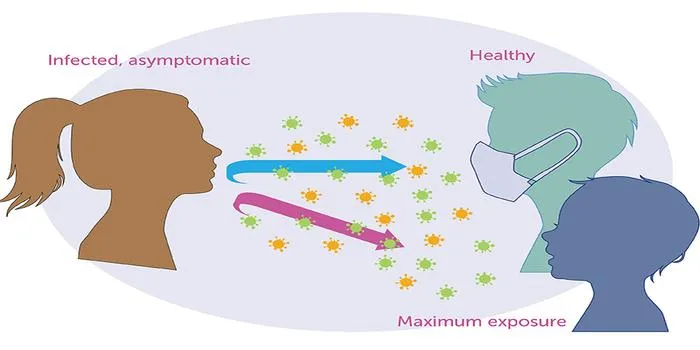- Home >
- Science
- > Exploration
The tongue: how one of the body’s most sensitive organs is helping blind people ‘see’
The tongue, one of the body's most sensitive organs, is being utilized in innovative ways to help blind people 'see.' Through a process known as sensory substitution, specialized devices convert visual information into electrical signals, which are then transmitted to the tongue via an electrode-laden mouthpiece. The brain interprets these signals, allowing users to perceive their surroundings. This groundbreaking technique highlights the tongue's potential in enhancing sensory experiences and improving the quality of life for visually impaired individuals.

The tongue is often overlooked as just a tool for tasting, but its role extends far beyond that. In recent years, researchers have discovered that this sensitive organ can be utilized in remarkable ways, particularly for individuals who are blind. By converting visual information into tactile sensations, the tongue is helping blind people ‘see’ in a whole new way.
The Anatomy of the Tongue
The tongue is a muscular organ covered in thousands of tiny sensory receptors known as taste buds. However, it is not just responsible for taste; it is also highly sensitive to touch, temperature, and pain. This unique combination of sensory capabilities makes the tongue an ideal candidate for innovative technologies aimed at assisting those with visual impairments.
How Does It Work?
The concept of using the tongue to perceive visual information is based on a technology known as "tongue-based sensory substitution." This involves the use of a small device that takes visual data from a camera and translates it into electrical signals. These signals are then transmitted to the tongue through a small electrode array.
When the electrodes stimulate the tongue, they create a pattern of sensations that the brain can learn to interpret as visual information. Over time, users can become adept at "seeing" their environment through these tactile feedback signals.
Benefits of Tongue-Based Sensory Substitution
One of the most significant benefits of this technology is its potential to enhance mobility and independence for blind individuals. With the ability to perceive their surroundings, users can navigate spaces more effectively, avoiding obstacles and identifying objects. This can lead to increased confidence and a greater sense of autonomy.
| Benefits | Description |
|---|---|
| Enhanced Mobility | Allows blind individuals to navigate spaces more effectively. |
| Increased Independence | Users gain confidence in their ability to identify objects and avoid obstacles. |
| Non-Invasive Technology | Utilizes the tongue, a natural and non-invasive means of perception. |
| Personalized Learning | Users can adapt to the technology at their own pace, enhancing the learning experience. |
Real-World Applications
Various projects and applications are underway to harness the power of tongue-based sensory substitution. One notable example is the BrainPort, a device that allows users to "see" through their tongue. By using a camera to capture images and convert them into tactile feedback, users can learn to recognize shapes, objects, and even faces.
Additionally, researchers are exploring the use of this technology in rehabilitation settings. For instance, individuals recovering from strokes or other neurological conditions may benefit from tongue-based sensory training to regain spatial awareness and improve their overall quality of life.
Challenges and Limitations
Despite its promise, tongue-based sensory substitution technology does face challenges. One major limitation is the learning curve associated with interpreting tactile feedback as visual information. Users may require extensive training to accurately interpret the sensations they feel on their tongue.
Moreover, the technology itself must be refined to ensure it provides clear and consistent feedback. As researchers continue to develop and enhance these devices, it is crucial to address these challenges to maximize their effectiveness and accessibility.
The Future of Tongue-Based Sensory Substitution
As technology advances, the potential for tongue-based sensory substitution continues to grow. Innovations in electrode design, signal processing, and user interface could lead to more intuitive and user-friendly devices. Furthermore, the integration of artificial intelligence and machine learning may enable these devices to adapt to individual users’ needs, enhancing their overall effectiveness.
In conclusion, the tongue, one of the body’s most sensitive organs, is emerging as a key player in the world of assistive technology. By helping blind individuals “see” through tactile sensations, this innovative use of the tongue has the potential to transform lives, offering greater independence and mobility. As research and development continue, we can expect to see even more groundbreaking applications of this remarkable technology.
Key Takeaways
The application of tongue-based sensory substitution is a groundbreaking development in assistive technology. Here are the key points:
- The tongue is highly sensitive and can be used to perceive visual information.
- Devices such as BrainPort are enabling blind individuals to navigate their environments more effectively.
- Ongoing research aims to refine these technologies for better usability and accessibility.
With continued advancements, the future looks bright for those seeking innovative solutions to enhance their quality of life.












